|
In the summer months when the weather is warm and the dirt is compact, our Gravel Grading & Exacavating crew members are able to work on projects that are unaccessible during the rainy spring season. Jobs such as stream bank stabilization and waterway shaping are reserved for this time of year, so we don’t tear up the earth or get ourselves stuck in the mud.
In projects such as these, one of the materials we rely on to “support” our efforts is rip-rap. What is rip rap? Rip-rap is large boulders and concrete pieces that are placed along waterways, bridge foundations, and steep embankments to protect the underlying dirt from erosion and scour. We frequently use this option because it is a natural-looking treatment that not only protects the earth, but it can be used for many different purposes by using various sizes and volumes of this material: 4-5” Rip Rap The 4-5” size is the smallest type of stone available. This size is ideal for preventing soil erosion on small slopes and along drainage ditches that aren’t constantly exposed to moving water. This size is also utilized in weed prevention measures along steep embankments and sometimes as base material in driveways and parking lots. 6-9” Rip Rap This size rip rap is the most commonly used size. These stones are perfect for erosion control and bank stabilization measures for streams, rivers, ponds, and other smaller bodies of water. 9”+ These pieces are ideal for shorelines with extremely heavy currents and breaking waters or in large holes and ditches. The large mass of these boulders can reinforce even the steepest grades and erosion-prone areas. Where do we use it? Rip rap is used where a structure or shoreline is continuously exposed to rushing water, such as along creeks that commonly experience flash flooding, along pond shorelines, and in field drainage areas that have steep grades. Over time the dirt in these structures is worn down and lost, which can dramatically change the lay of the land surrounding it. Our crew uses these stones to support the best measures and protect the property owners’ land. Check out some of our other “What’s New” blog entries to check out the projects we’ve done that utilize rip rap, such as gabion baskets and stream bank stabilizations.
0 Comments
Flooding. It happens almost yearly anymore in Eastern Iowa. As a homeowner it's important to have flood insurance to protect your residence and valuables if you lie in a flood plain or are prone to water seepage in your basement. As a landowner, you sometimes need to take other preventative measures, as you can see below with our friends the Ostwinkles who live on North Cascade Road between Cascade, Iowa, and Epworth, Iowa. For this family, the stream in the pasture behind their home provided exquisite views and relief for their cattle in the hot summer sun. But after several years of flooding (and one extreme flood event in 2013), the banks along the stream bed had been eaten away and were now unstable and dangerous. To help address this problem, the Ostwinkles turned to Gravel Grading & Excavating. We started by sending company owner Terry Gravel out to the property to assess the situation. Terry took some initial photos and discussed with the owners what they were hoping to achieve on their land. From those steps, Terry recommended completely restructuring the creek banks and stabilizing them with large chunks of crushed rock and concrete, otherwise known as rip-rap. Terry and crew got started by grading back the banks of the creek with one of our John Deere tractors and dirt wagon. This wagon has the hydraulic ability to both scrape off and then relocate dirt and gravel. Once that step was completed, excavator operator Brian Noonan dug out additional sediment to improve water flow and creek drainage, particularly around culverts. Our dozer was then called upon to finish out the grade, enabling our crew along with our friends from Eastern Iowa Transport to bring in truckload after truckload of rip-rap. This would ensure that all our work would be protected for years to come, and high water flow would not undermine the stability of the new creek banks. Our last step was to cover the rip rap with a layer of dirt to fill in the crevices and lay grass mat that would promote the growth of grass and vegetation to slow water flow, thus preventing erosion and loss of topsoil in future rain events Check out our photos and video below for a step-by-step walkthrough of the Ostwinkle property project from start to finish, and give Gravel Grading & Excavating a call for your next dirt-work project. We'll move the earth for you! Very simply, gabion baskets are a great option for farmers or developers looking for erosion control on sidehills, stream/river banks, road developments, or residential landscaping. These structures help greatly reduce soil erosion on steep inclines or in areas susceptible to water flow.
To create a gabion basket, first the land needs to be graded properly to optimize desired flow of water. Then a tarp and large wire basket are set in place. The next and most labor-intensive step is the placing of the rock or rip-rap. This will help slow the flow of water, and therefore reduce the amount of dirt that is eroded. Rock size and depth vary depending on the degree of water control needed. If a gabion basket is something you need on your land, give Gravel Grading & Excavating a call at 563-542-6610. |
hereYou'll find all the newest products and services recommended by Terry and Gravel Grading & Excavating. Categories
All
Archives
April 2024
|

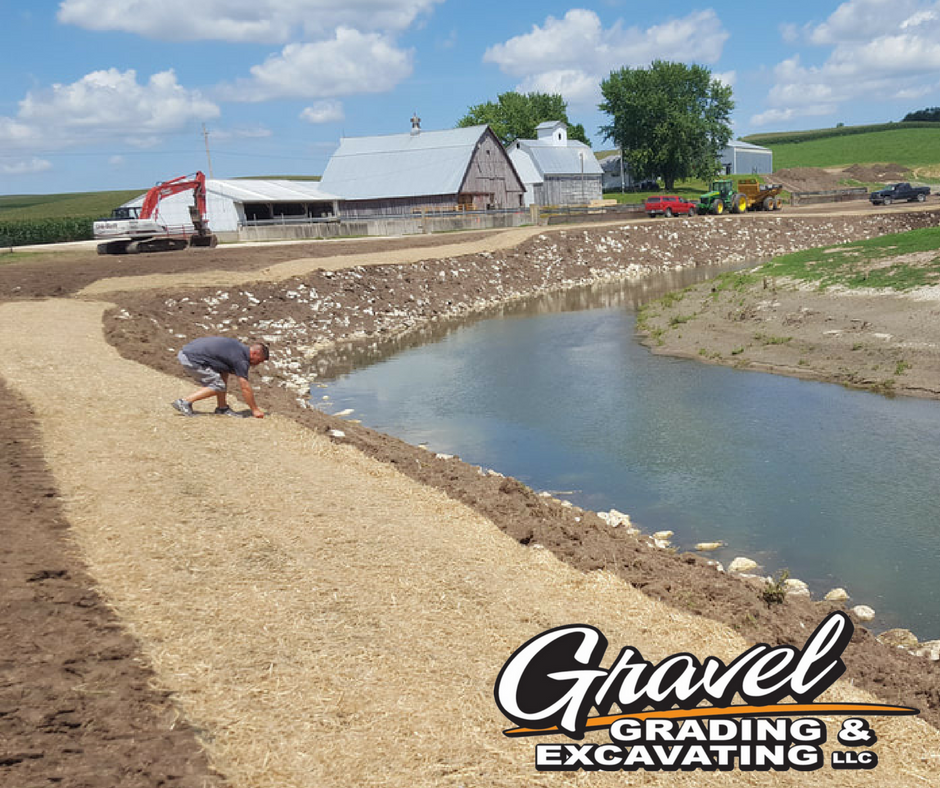
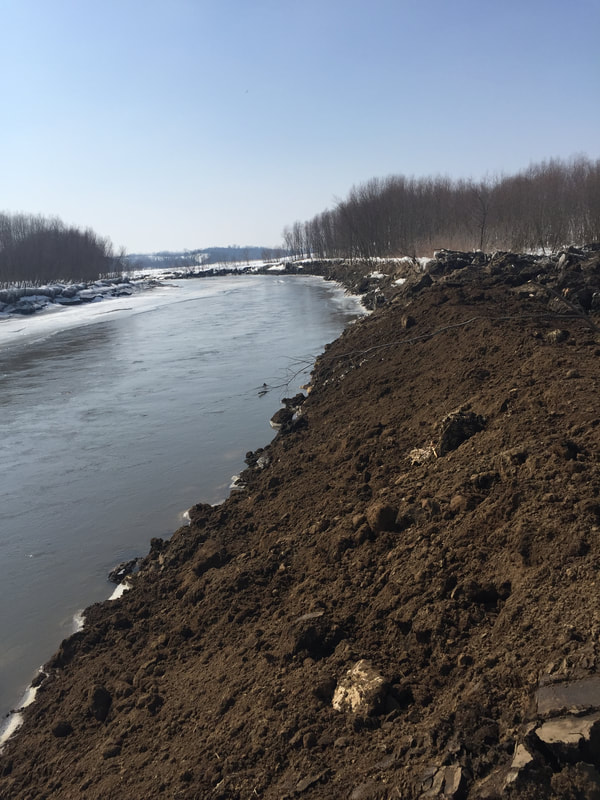
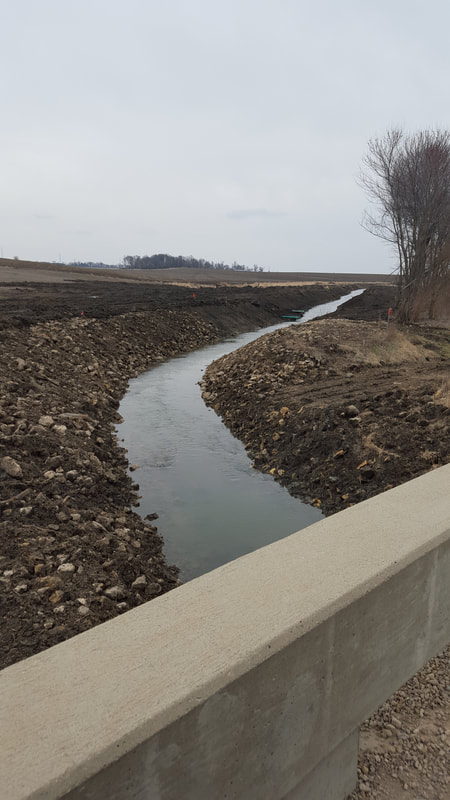
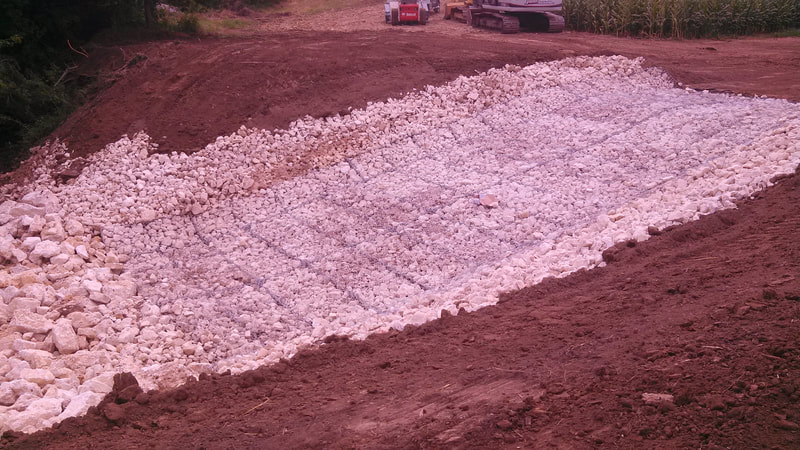
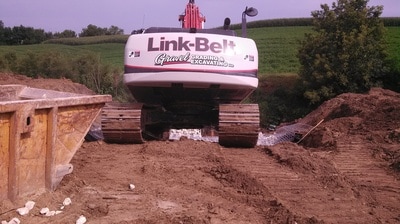
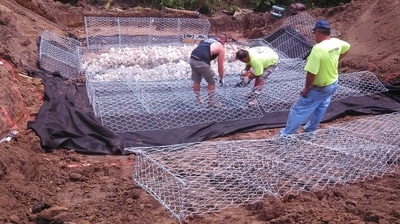
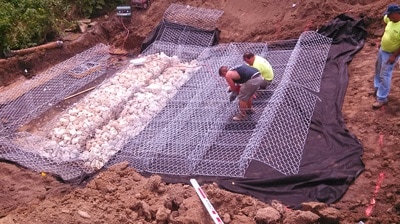

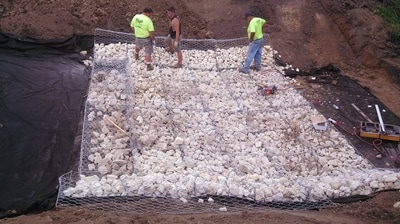
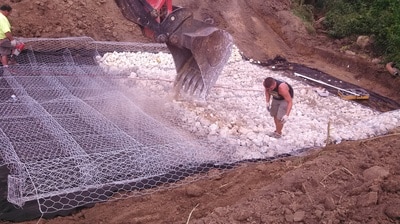
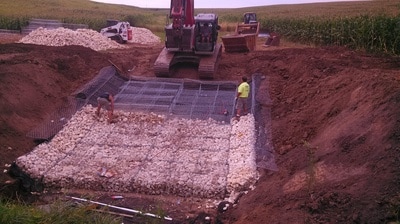
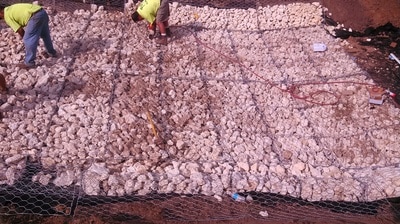
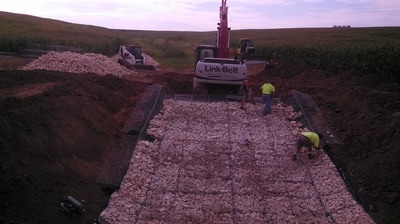
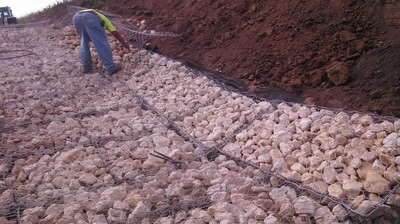
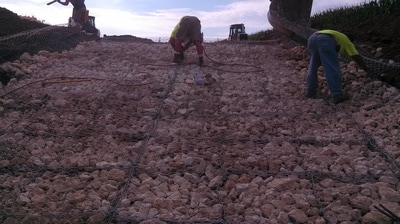
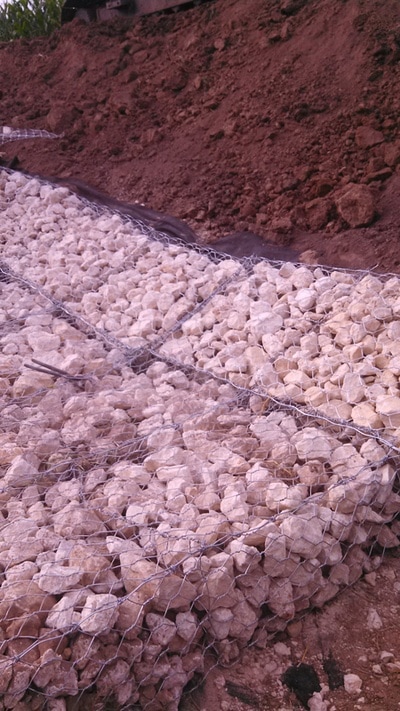
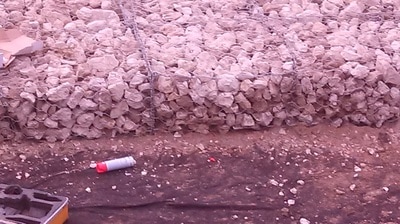
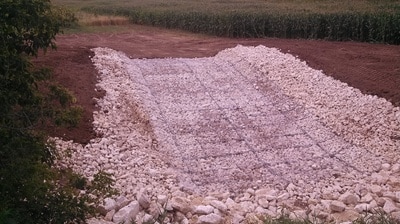
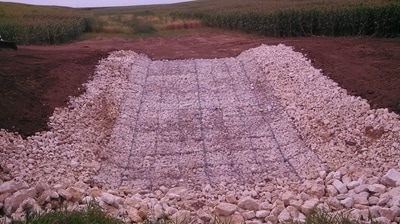
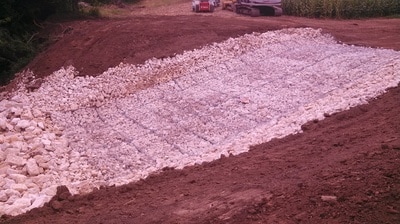
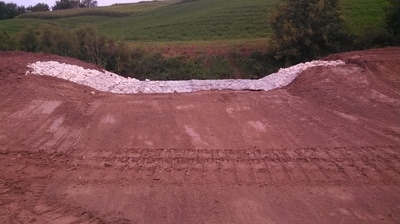
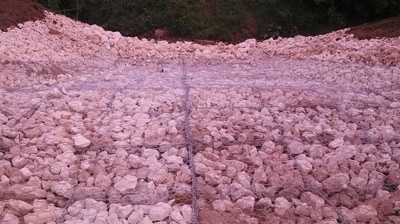
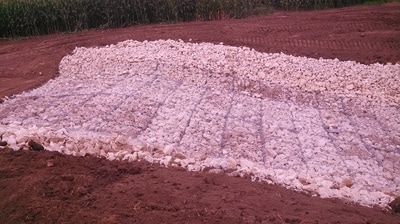
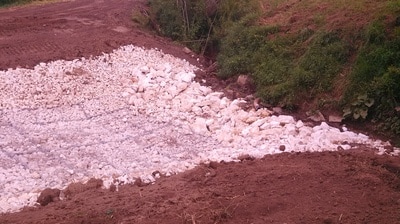
 RSS Feed
RSS Feed
